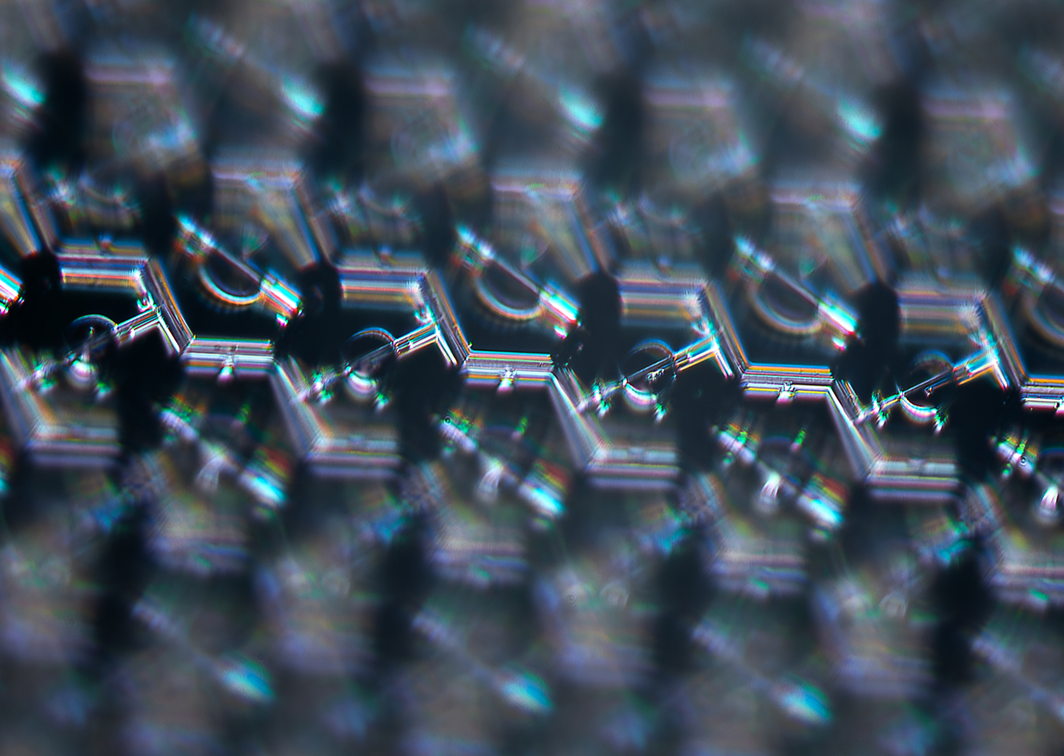In Progress : Macular Degeneration
Age-related macular degeneration (AMD) is a degenerative disease that causes a progressive loss of central vision.
PRIMA, our technology for restoring vision, is intended to treat three conditions:
Age-related macular degeneration (AMD) is a degenerative disease that causes a progressive loss of central vision.
Retinitis pigmentosa (RP) refers to a group of inherited diseases causing retinal degeneration and a loss of peripheral and night vision over time.
Stargardt disease is a genetic eye disorder that causes a progressive loss of central vision.

Vision loss caused by degenerative eye diseases, such as age-related macular degeneration, often occurs when photoreceptors, the light-sensitive cells in eyes, no longer function correctly. This can prevent visual information from reaching the brain. PRIMA is designed to bypass these damaged photoreceptors.
Building on decades of pioneering research in miniaturized solar technology, the PRIMA system has two main parts: a small device placed under the retina where the eye's light-sensing cells have been lost; and a pair of glasses that sends both visual data and power in the form of patterned light that is projected on to the implant.
Once implanted, the PRIMA implant uses gentle electrical signals to activate healthy nerve cells in the eye. In our clinical trials, this process enabled some patients to read sequences of letters with a clinically meaningful improvement of letter acuity.
Learn more about PRIMA